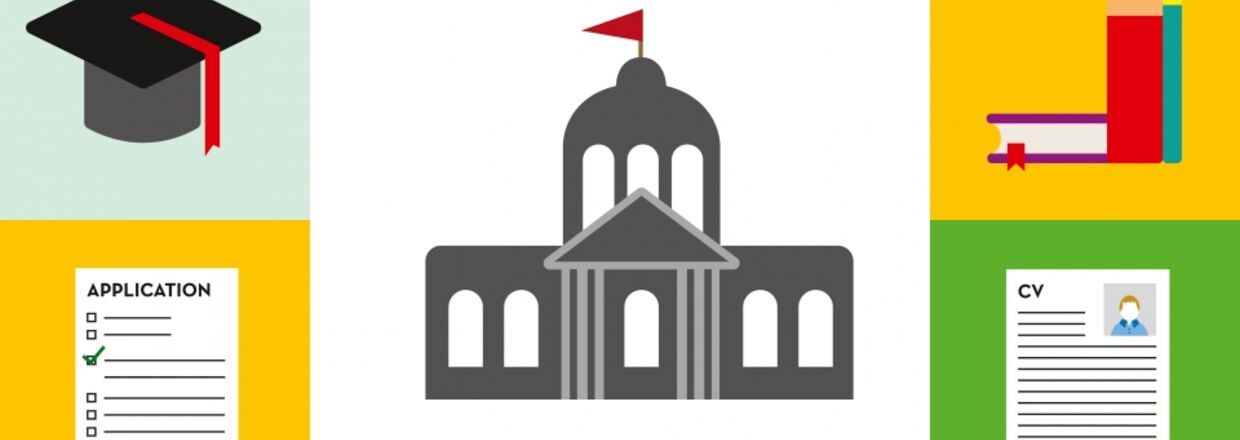
8 Resume Tips for New Job Seekers
For the current college student, recent graduate or entry-level applicant, we’ve gathered a few crucial tips on how to craft a standout resume.
April 15, 2016
1. Always Target
A well-tailored resume shows your interest in a company and will benefit you when you apply to jobs and internships through online systems that focus on keywords.
The key is to incorporate specific phrases in the job description throughout your resume where it makes sense. For example, if your dream job has you working with Hootsuite you'll want to mention that in your Experience or Skills section.
2. Length
Keep your resume to one page for an entry-level position. To save space, remove references and recommendations, including "references available upon request." If an employer is interested, they’ll ask for them after your interview. And, thankfully, high school is past you, so you can and should delete any mention of it.
3. Format
After applying somewhere, a resume is cut and pasted, inputted into databases, uploaded into PDFs; you name it. Don’t let it get lost. Make it easy on the eyes by staying within 12pt and 14pt font sizes and bump your name up to 30pt so employers know who you are. Also, be sure and stick with the most compatible fonts such as New Roman, Calibri, Georgia, and Sans-Serif. (Extra credit: friends don’t let friends over use Comic Sans.)
4. Contact Information
Street address? Not now with identity theft. Instead, replace it with your personalized LinkedIn URL. A recent Jobvite social recruiting study found that 93% of recruiters search for a candidate's social media accounts. Don't let them fill in the blanks.
As for the rest, a phone number and email address work best. Just remember to keep it professional because chances are Kooldood92@gmail.com may not get you that interview.
5. Objective
Most of the time, only the top third of your resume is seen. Make it count by adding a thoughtful and targeted objective. “Seeking an entry-level position at an exciting company” will get you looked over. “New graduate seeking entry-level software engineering roles for the fall of 2016” is concise, specific, and stands out.
6. Education
As a new graduate, this is your section to shine and show employers that although you may not have the professional experience yet, you have the background and potential to go places.
Describe relevant courses, majors, and projects that directly apply to the job description. For students not yet graduated, be sure to include your graduation date. As for your GPA, the general rule of thumb is only to include it if it’s above 3.3.
7. Experience
Don’t worry. You have more experience than you think, and as a new grad, the majority of your experience will be found at the top of your resume under “Education.”
As for your “Experience” or “Relevant Experience”, this isn’t the place to list your summer job at Smoothie King. Instead, prioritize and put any job-related extracurricular activities, internships, volunteer work, course work, and scholarships here.
Employers know when a résumé is padded. Be thoughtful. Add in extra details like the size of a Fortune 500 organization you interned for or how many students got awarded your particular scholarship.
8. Grammar
Proofread. Proofread. Proofread. There is no greater heartbreak than discovering you applied to eight places all while missing the first letter of your email. Either print out your resume to read it over, let someone you trust look it over, or take it by your school’s writing center. Noteworthy resume faux pas include using personal pronouns or articles (“I” or “me”), abbreviating rather than writing out the full name of organizations, placing dates out of order, and listing your current experience in the past tense instead of present.
Looking for what academic and professional achievements and leadership experiences you should include on your Teach For America resume and application? Be sure to check out our Preparation Tips.


